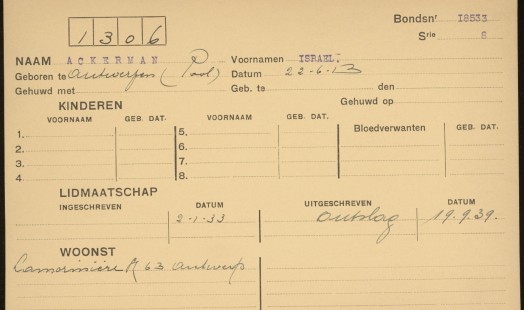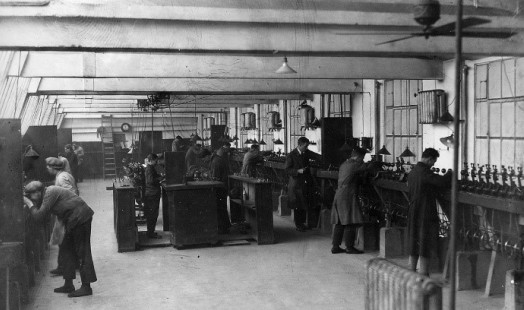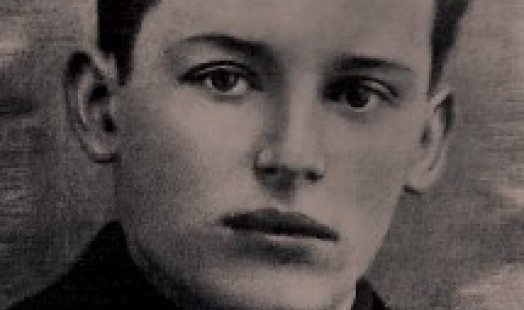Piet Akkerman
29 May 2019 - 16:02
The Algemene Diamantbewerkersbond van België [General Diamond Workers’ Association of Belgium] (ADB) was one of the first Belgian trade unions where communists gained some measure of influence. Israël ‘Piet’ Akkerman, the leader of that communist movement within ADB, was born in Antwerp on 22 June 1913 as the second son of East-European Jewish migrants.
Israël spent his early years, during the First World War, in Scheveningen. His father Jozef Akkerman, a diamond cleaver, brought his family to the settlement of East-European migrants who had fled Antwerp. After the war ended, the family returned to Antwerp.








